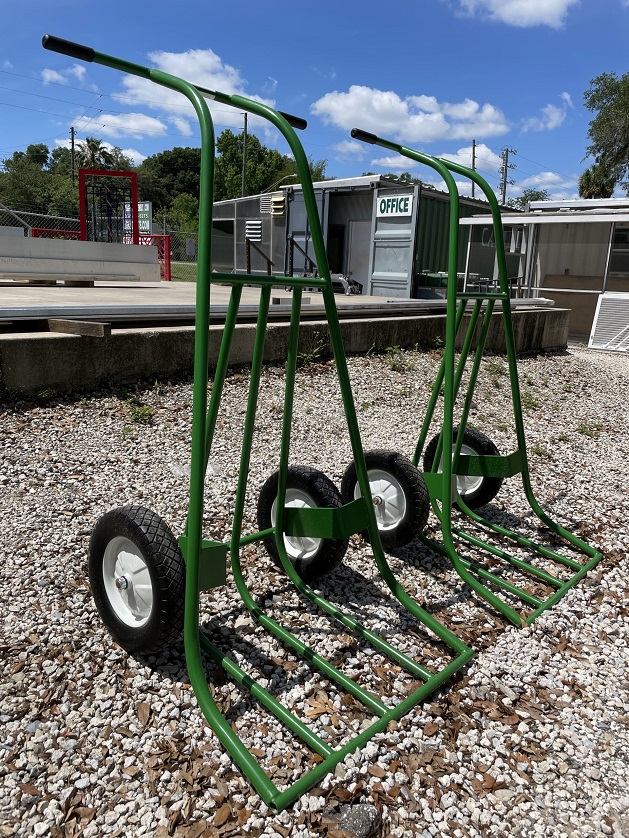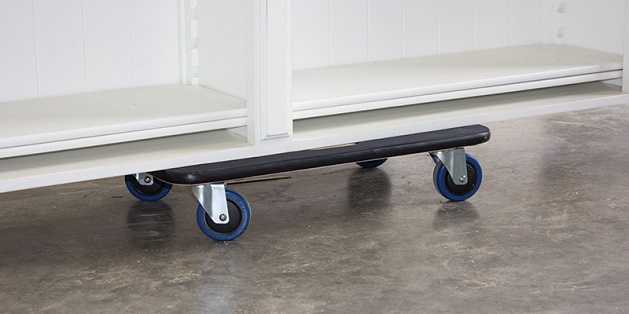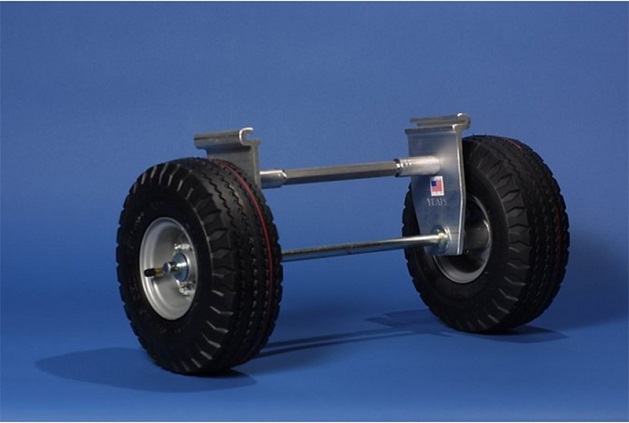Manual handling of heavy objects can be a tedious and time-consuming task, especially in warehouses or industrial settings. When you’re faced with the challenge of moving bulky items from one place to another, there’s always the impending risk of injury or damage to the item itself. It doesn’t matter if you’re taking all the necessary precautions and following proper lifting techniques to reach the designated storage area in the warehouse – sometimes, it’s just not enough.
In situations like this, having the right equipment can make all the difference. One such essential tool is a dolly, a simple yet effective solution for transporting objects of various sizes and weights. It’s basically a platform on wheels that allows you to load and move items with minimal effort. The inherent convenience and versatility of these kinds of industrial tools have made them a reliable and popular choice for businesses across different sectors.
What Types of Dollies Are There?

When you need to decide on resilient and ultra-durable dollies for easier logistics and transport of your goods, it’s crucial to understand the different types that are available. Each kind has its unique features and functions, so familiarizing yourself with them can help you make an informed decision.
Tub Dollies
The first option includes tub-shaped varieties that bring a four-sided framework with a flat bottom for supporting various items. These are ideal for large and bulky objects that need to be moved around quickly, such as boxes or containers. You can even use them to transport liquid containers without any risk of spilling. Their spacious design enables them to hold a significant amount of weight while maintaining stability.
Bread Dollies
This particular type has a platform with a low-profile design with a flat but patterned surface to provide excellent grip and minimize the risk of slipping. They bring a rectangular-shaped base with two fixed wheels and two swivel casters, which allow for easy steering around corners and tight spaces. The most common use of bread dollies is to transport stacks of boxes or crates.
They’re not necessarily limited to warehouse settings, as they can also be useful in retail stores or restaurants. Their flat yet textured surface also makes them ideal for moving fragile items like glassware or ceramics. Of course, you should be wary of stacking items too high and secure them with straps or bungee cords to avoid accidents.
Furniture Dollies

As the name suggests, furniture varieties are specifically designed for moving large and heavy pieces of furniture. They sport a rectangular-shaped platform with a low-profile design that makes it easier to slide under objects like couches, dressers, or cabinets. Some models come with carpeted surfaces for added protection and to prevent scratches on hardwood floors.
They also have a compact design that allows them to fit into tight spaces or narrow hallways. They come equipped with swivel casters that provide smooth maneuverability even around corners and obstacles. You can use these to move furniture within your home or office, making it more convenient when rearranging the layout.
Piano Dollies
These next models feature slightly larger wheels and a more compact base, which can support the significant weight of upright or grand pianos. You can use them for other heavy and bulky items as well, but they are specifically designed to accommodate the unique shape of a piano. Their narrow and elongated shape allows them to fit through standard door frames easily, making it easier to move a piano from one location to another.
Drum Dollies
Last but not least are drum dollies, which have a rectangular platform with raised edges on all sides. These are specifically designed for moving barrels or drums of various sizes and weights. They bring a sturdy and durable construction that can hold ample weight without any risk of damage to the container itself. While they’re not as versatile compared to other types, they are still an essential tool for handling large and heavy drums.
Key Factors to Consider
Once you decide on the type of heavy-duty moving dolly you want to invest in, there are a few key factors you should keep in mind to make the right choice for your specific needs. Sometimes, the smallest details can make a significant impact on performance and longevity.
Materials and Durability
These pieces of equipment are typically made from materials like steel, aluminium, or even high-density plastic. Each type has its unique properties that affect durability and weight capacity. Steel is the heaviest but also the most robust option, while plastic is lightweight but not as durable. Aluminum falls in the middle, offering a balance between strength and weight, thanks to its corrosion-resistant properties.
Wheel Types and Maneuverability

The type of wheels on the dolly determines how easy it will be to move around. Some have fixed wheels, while others have swivel casters or a combination of both. Fixed wheels only allow for forward and backward movement, which can be limiting in tight spaces. Swivel casters offer more maneuverability, but they can also make the dolly more challenging to control. A combination of both offers the best of both worlds, allowing for smooth steering and stability.
Proper Handling and Storage
These tools may seem simple to use, but there are still important guidelines to follow to ensure safety and proper handling. Always make sure that the weight of the load is evenly distributed on the dolly, and avoid overloading it to prevent accidents. When not in use, store them in a designated area away from any potential hazards.
Maintenance and Care
Like any other equipment, dollies also require regular maintenance and care to ensure optimal performance. This includes checking for any damages or wear and tear on the wheels, platform, or handles. Greasing moving parts and keeping them clean can also extend the lifespan of your dolly. Proper care and maintenance will save you from any unexpected breakdowns or costly replacements.


